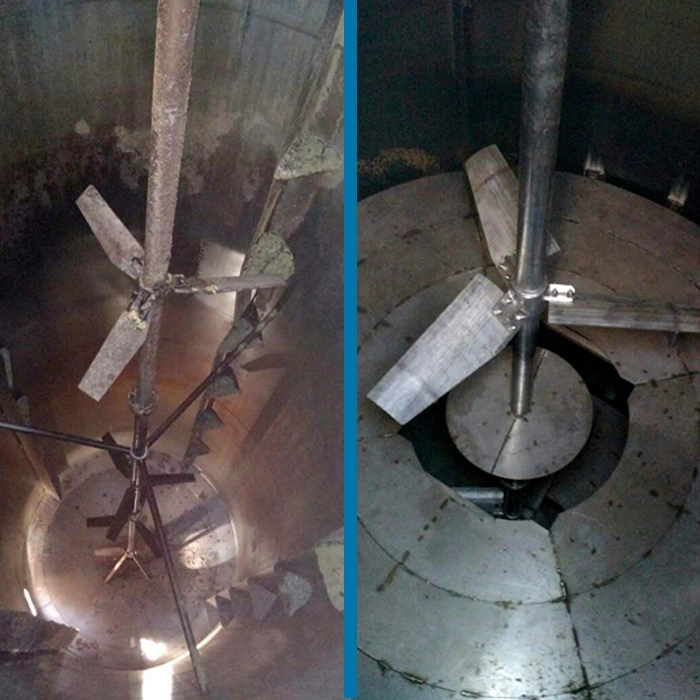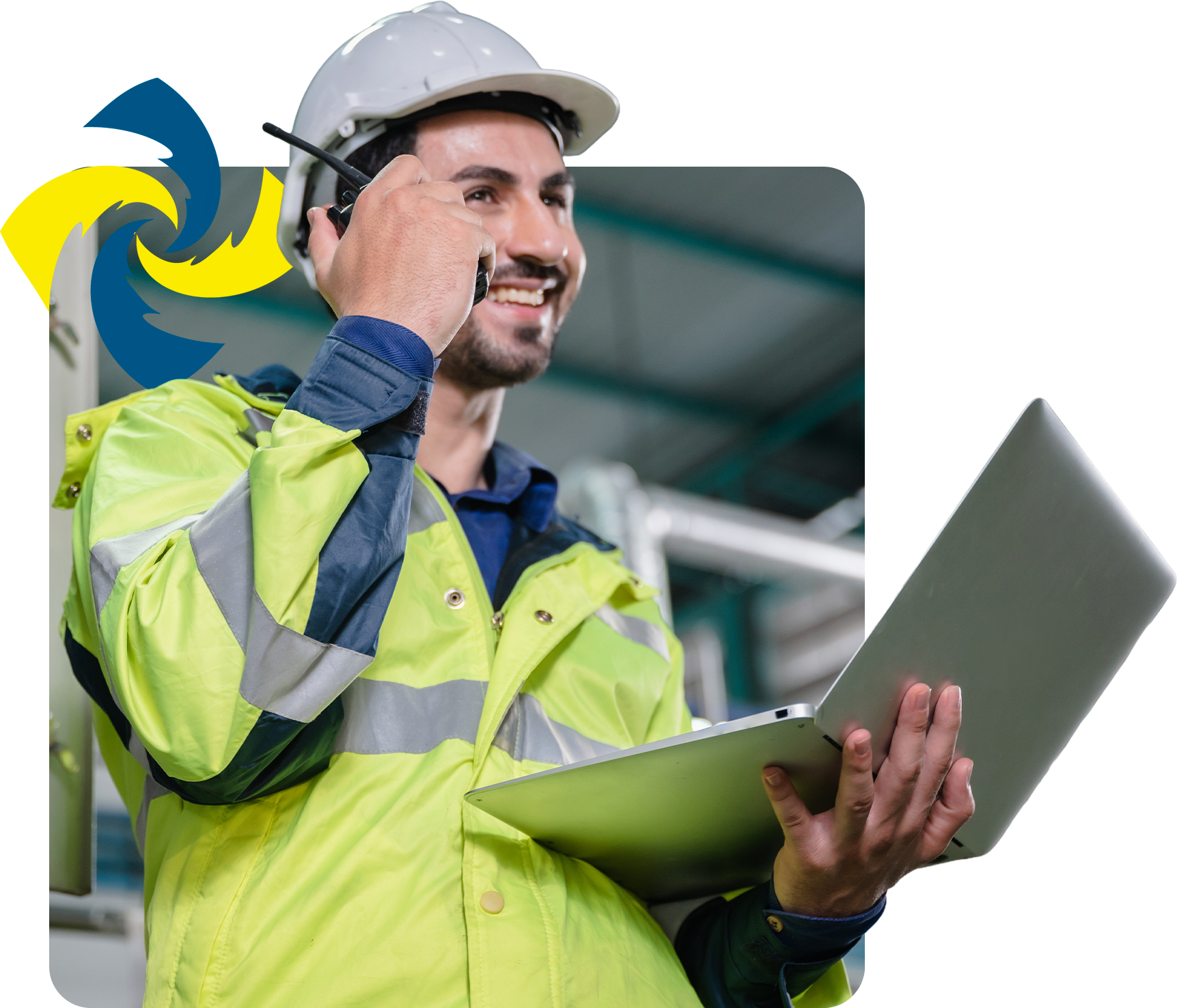Industrial equipment retrofitting is a strategy increasingly adopted by industries to modernize old machinery without the need to replace it with new equipment. This solution allows for improved efficiency, safety, and productivity of the equipment, adapting it to new technologies and regulations. But how can you know if it’s the right time to consider this option?
Agimix's services for the recovery of obsolete, outdated, and inefficient equipment aim for technological optimization and renewal based on the latest technologies, research, and many years of experience. With a solid history of retrofitting achieving results that can surpass 80% in energy savings, process gains, and in many cases, reducing the original time by up to four times, Agimix ensures a high return on investment and customer satisfaction.
Below, we discuss the clearest signs that retrofitting might be the best choice for your company.

Obsolete Equipment Compromises Production
One of the main signs that it is time to invest in industrial equipment retrofitting is when your machinery starts to compromise production. This can happen due to constant failures, longer downtime for repairs, or replacement parts that are increasingly difficult to find. Obsolete equipment also tends to operate with lower efficiency, consuming more energy and increasing operational costs. In this scenario, retrofitting emerges as a viable alternative to extend the life of the machines and optimize operations without the need to invest in new equipment.
Maintenance Costs
Are High
If the maintenance costs of your industrial equipment are increasing significantly, it may be time to consider industrial equipment retrofitting. As equipment ages, its parts wear out and electronic or mechanical components become less efficient. Frequent maintenance, besides being costly, can impact the productivity of your production line. By modernizing your machines, you reduce the need for constant repairs and improve overall equipment performance.
Outdated technology
affects competitiveness
In a competitive market, companies operating with outdated technologies risk losing ground to more advanced competitors. Industrial equipment retrofitting allows the incorporation of new technologies into old machines, increasing production capacity and product quality. Additionally, it facilitates the implementation of automation and control systems, which are essential to meet the demands of a market that requires agility and precision.
Safety and compliance issues
with regulations
Safety is one of the most important aspects within an industrial plant. Old equipment may not comply with current safety standards, putting operators and the work environment at risk. Industrial equipment retrofitting can include the installation of new safety systems and the adaptation of machines to current regulations. This not only protects your team but also prevents fines and legal sanctions.
Lack of integration with
new systems
Integration between different sectors of an industry is fundamental to ensure production efficiency. Old equipment may not be compatible with new management and automation systems. If your plant uses machines that do not communicate properly with more recent systems, such as production control or remote monitoring software, industrial equipment retrofitting can be the solution to integrate everything into a single platform, providing more efficient and accurate management.
Increased
production demand
When production demand grows, machines need to keep up. However, old equipment may not always have the capacity to meet higher demand efficiently. Industrial equipment retrofitting allows the performance of machines to be adjusted so they can handle a larger workload without compromising product quality or operational safety. This way, the company can expand its production capacity without acquiring new equipment, saving resources.
Environmental impact and
energy efficiency
Sustainability is increasingly important for industries. Old equipment tends to consume more energy and generate more waste, negatively impacting the environment. By opting for industrial equipment retrofitting, it is possible to implement solutions that increase the energy efficiency of machines, reducing resource consumption and your company's carbon footprint. Additionally, retrofitting allows equipment to comply with new environmental requirements, which can be a competitive advantage in today’s market.
When to choose retrofitting instead
of full replacement?
Often, replacing an entire industrial machine may seem like the obvious solution, but the high cost and installation time can be prohibitive. Industrial equipment retrofitting emerges as an effective and cost-efficient alternative, especially when the basic structure of the machine is still in good condition. By modernizing electronic and mechanical components, it is possible to achieve performance similar to a new machine, but with a significantly lower investment and reduced production downtime.
Agimix is the right company to assist with
industrial equipment retrofitting
If you have identified any of these signs in your operation, it is time to consider industrial equipment retrofitting. Agimix offers customized solutions for machinery modernization, focusing on efficiency, sustainability, and adapting to your specific needs. Our team of specialists is ready to assist in analyzing and implementing retrofitting, ensuring your equipment is updated and operating at maximum performance. Fill out the form below or click the WhatsApp button to speak directly with one of our specialists, ask questions, and request a quote.

Contact
Request your quote
*Required fields

